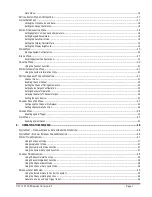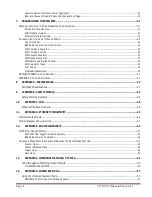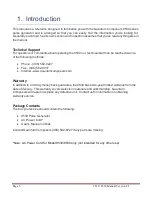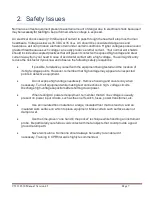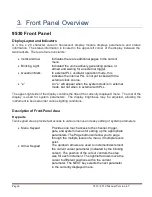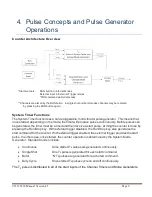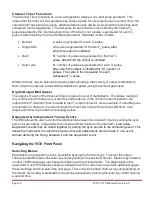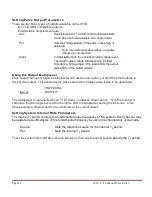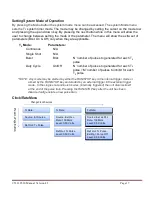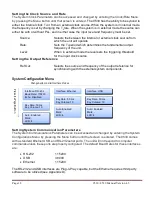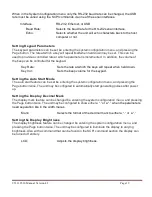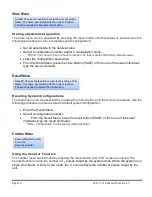
9530/8530 Manual Version 4.5
Page 7
2. Safety Issues
Normal use of test equipment presents a certain amount of danger due to electrical shock because it
may be necessary
for testing
to be performed where voltage is exposed.
An electrical shock causing 10 milliamps of current to pass through the heart will stop most human
heartbeats. Voltage as low as 35 VDC or 35 V
RMS
AC should be considered dangerous and
hazardous, as it can produce a lethal current under certain conditions. Higher voltages pose an even
greater threat because such voltage can easily produce a lethal current. Your normal work habits
should include all accepted practices that will prevent contact with exposed high voltage and steer
current away from your heart in case of accidental contact with a high voltage. You will significantly
reduce the risk factor if you know and observe the following safety precautions:
If possible, familiarize yourself with the equipment being tested and the location of
its high-voltage points. However, remember that high voltage may appear at unexpected
points in defective equipment.
Do not expose high voltage needlessly. Remove housing and covers only when
necessary. Turn off equipment while making test connections in high- voltage circuits.
Discharge high-voltage capacitors after shutting down power.
When testing AC powered equipment, remember that AC line voltage is usually
present on power input circuits, such as the on-off switch, fuses, power transformer, etc.
Use an insulated floor material or a large, insulated floor mat to stand on, and an
insulated work surface on which to place equipment. Make certain such surfaces are not
damp or wet.
Use the time-proven “one hand in the pocket” technique while handling an instrument
probe. Be particularly careful to avoid contact with metal objects that could provide a good
ground return path.
Never work alone. Someone should always be nearby to render aid if
necessary. Training in CPR first aid is highly recommended.



